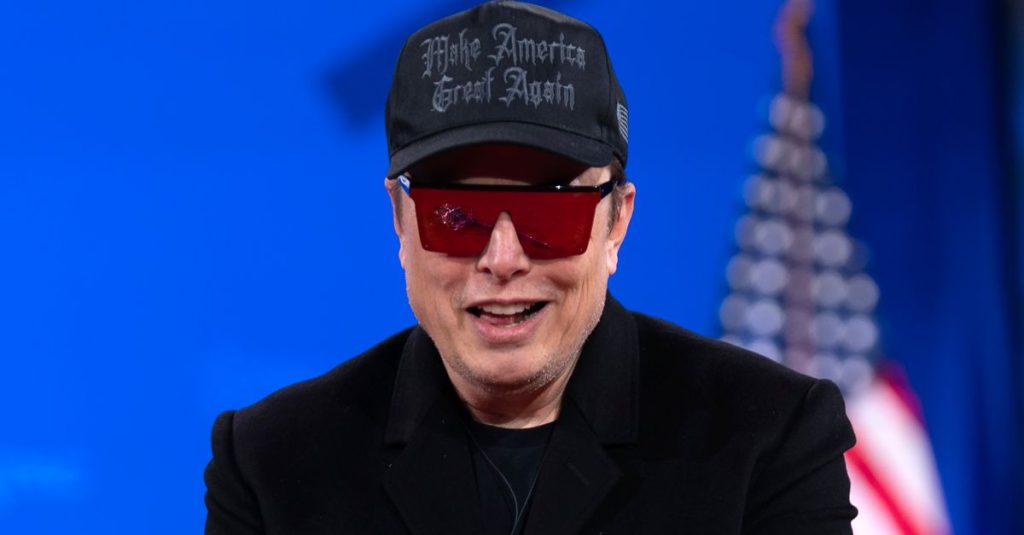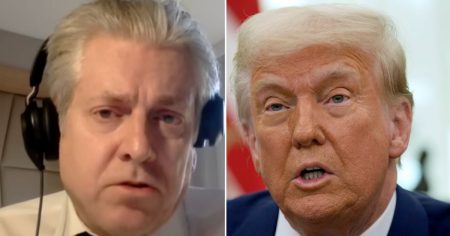Musk’s Directive Sparks Anxiety Among Federal Workers
In a move that has sent shockwaves through the U.S. federal workforce, billionaire entrepreneur Elon Musk, who serves as the head of the Department of Government Efficiency under President Donald Trump, announced a controversial new policy via social media on Saturday. Musk revealed that all federal employees would be required to respond to a Saturday email defending their jobs. The email, which was sent out the same day, asks workers to provide a list of five accomplishments from the previous week and include their managers in the response. Failure to comply by the deadline of Monday at 11:59 p.m. will be interpreted as a resignation. This directive has left many federal workers scrambling to meet the tight deadline and wondering about the future of their jobs.
The Email and Its Implications
The email, which bore the subject line “What did you do last week?,” was sent to federal employees across various departments. It instructed recipients to reply with five bullet points detailing their accomplishments and to cc their managers. While the email was direct in its instructions, it left many questions unanswered. For instance, it did not clarify how the potentially hundreds of thousands of responses would be managed, or who would be responsible for determining whether an employee’s response was sufficient to retain their position. The lack of clarity has added to the anxiety and confusion among federal workers, many of whom are unsure of what to expect next.
Musk’s Post and the Broader Context
Musk’s announcement appears to be part of a broader effort to overhaul the federal government’s operations, a key aspect of his role as the head of the Department of Government Efficiency. Since taking on this position, Musk has been vocal about his intent to strip the government of much of its power and workforce. His leadership has already resulted in significant layoffs and firings, with the federal workforce being gutted under his tenure. The latest example of this came on Friday, when the Pentagon announced plans to cut approximately 5,400 probationary workers starting the following week, along with a hiring freeze. These actions have raised concerns about the impact on government services and the morale of remaining employees.
Trump’s Influence and Musk’s Response
Musk’s Saturday post may have been a response to an earlier social media post by President Trump, who urged Musk to take more aggressive action in his role. In an all-caps post on his Truth Social platform, Trump wrote, “ELON IS DOING A GREAT JOB, BUT I WOULD LIKE TO SEE HIM GET MORE AGGRESSIVE. REMEMBER, WE HAVE A COUNTRY TO SAVE, BUT ULTIMATELY, TO MAKE GREATER THAN EVER BEFORE. MAGA!” The public nature of Trump’s encouragement has led some to speculate that the President is applying pressure on Musk to accelerate his efforts to transform the federal government. This dynamic has raised questions about the relationship between the two men and the extent to which Trump is influencing Musk’s decisions.
The Human Cost of Layoffs and Firings
The layoffs and firings that have occurred under Musk’s leadership have already taken a significant toll on the federal workforce. The announcement by the Pentagon to cut 5,400 probationary workers is just the latest in a series of similar moves across various government agencies. These layoffs have not only affected the employees who have lost their jobs but have also created a climate of fear and uncertainty among those who remain. Many federal workers are now wondering if they will be next, and the anxiety is taking a toll on their mental health and overall well-being. The impact of these cuts extends beyond the individual employees, as the reduction in workforce is likely to affect the efficiency and effectiveness of government operations.
Conclusion: A New Era of Government Efficiency?
The directive from Musk and the broader context of workforce reduction under his leadership signal a significant shift in how the federal government is being managed. While the stated goal is to make the government more efficient, the methods being employed have raised concerns about the potential consequences for both employees and the public. The lack of clarity in the process, the pressure from President Trump, and the human cost of the layoffs all contribute to a complex and uncertain landscape for federal workers. As the situation continues to unfold, it remains to be seen how these changes will ultimately impact the government and the people it serves.















